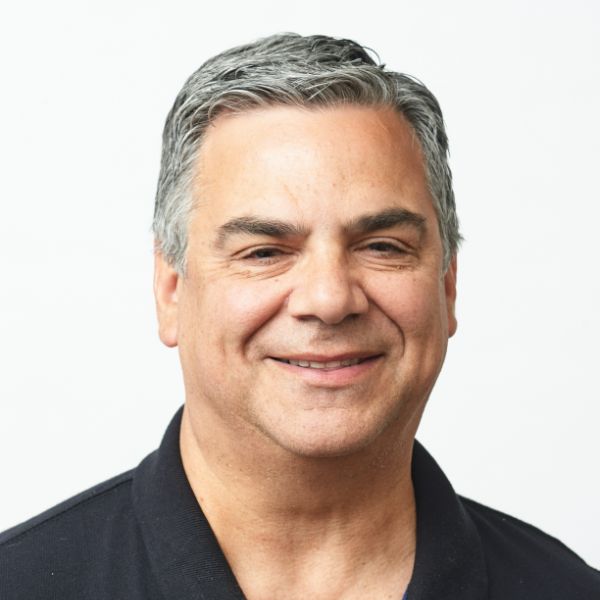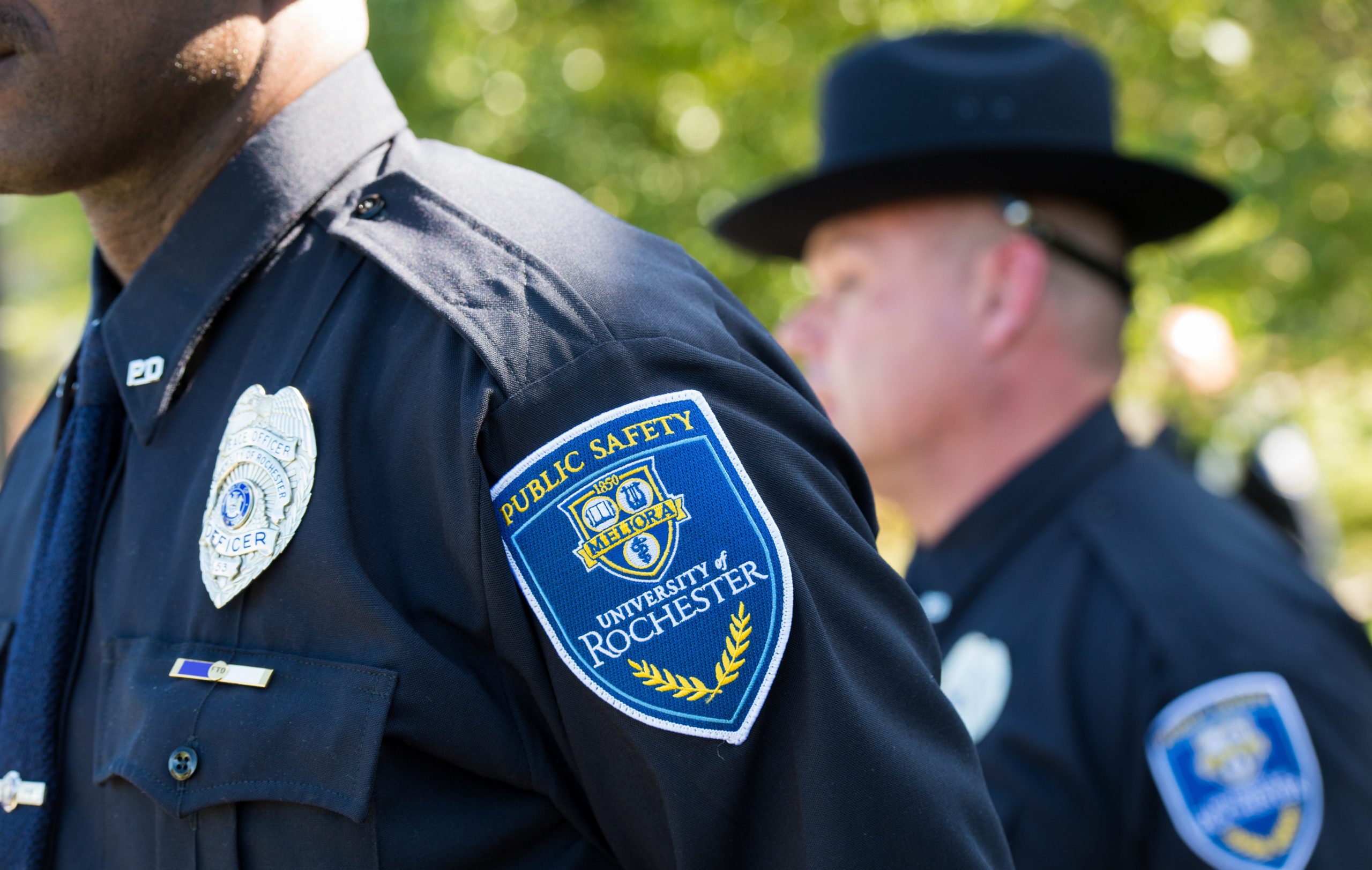My parents were missionaries. They would work in Pakistan for four years, return to Massachusetts for a year, and then go back for four years. So I lived in Pakistan from birth till age 16, with a couple of years back here in the U.S. It was great.
I went to an international school, and my classmates were from all over the world: Europe, the U.S., the UK, and Australia. I played touch football and flag football, and we’d get American music on cassette tapes that had been copied and recopied three times. We were getting hits from the Beatles, Simon and Garfunkel, Three Dog Night, and Creedence Clearwater Revival eighteen months after they came out.
Because of where I lived, I never really had idols growing up.
I was an avid reader and my favorite authors were C.S. Lewis and J.R.R. Tolkien. We didn’t have television and I really loved the music and lyrics of Simon and Garfunkel. But I never had a chance to see them live and it was years before I even heard them on an actual first-run recording.
I intended to major in mathematics when I went to college. I really didn’t have physics as a primary goal.
I heard through the grapevine that the math advisers weren’t so good, but the physics advisers were really good. So I signed up for physics and ended up getting hooked. That’s why I stuck with the physics major.
While working as an optical fiber systems designer at GTE Laboratories in 1978, I wrote the systems modeling software used to design the first live-traffic 1.3 μm optical fiber telephone link.
I joined a small optical fiber systems group at GTE that was trying to compete with the ‘big guys’ at AT&T by rushing to get some of the first optical fiber systems that weren’t just test systems, but that were carrying actual telephone conversations. I was a young physics graduate who didn’t know much, but was fascinated by both the optical technology and the technical experiences of the senior engineers. It was that glimpse of both what we knew (and could model) as well as how much we didn’t yet know about fiber optics that led me to apply to graduate schools. When I began to ask for advice on where to go to study optics, there was only one answer: The Institute of Optics.
One of the things I teach students now is that very few of the questions I ask are ever going to be something they find on Google.
The questions I ask usually come out of my head, my experience teaching, and my understanding of optics and the particular formulation I use. The way of thinking at the Institute of Optics is not something that is going to be duplicated with Wikipedia. Students are more likely to get the wrong formula by Googling something than if they just sat down and tried to work at it.
You go through different phases in teaching, and in some ways the different phases are tied with our stages in life.
I remember being shocked when I realized my college students were younger than my own kids. Then it was a shock to realize the students hadn’t been born yet when I started graduate school, or when I started teaching. I think of the age gap and I try to work a little harder to understand where they’re coming from—but not always successfully.
One skill I’ve learned is that repetition is a key to learning.
Computer programming is a skill, and with every skill you have to learn there’s a vocabulary. If you think about the way babies learn to talk, it’s by imitation. So in teaching the students, I started seeing more and more importance of first examples worked out and driving students to repeat the examples and getting really good at repeating the example—just like when young children are learning to speak.
It’s an amazing feeling when students have that sort of ‘ah-ha’ moment, and you realize they get it. They understand it.
I don’t do a lot of higher math in class because many students are just beginning calculus. But there was one time I interjected calculus to work examples. I wanted them to know that if they understood how this general principle worked, and the math that went with it, then we could come up with a law. One of the students—it wasn’t one of the top students in the class—spontaneously burst out, “That makes so much sense!” Those moments don’t happen very often, but when they do, they’re really worth it.
In my spare time, I like trying to repair things with signs saying “No user serviceable parts inside.”
This goes back to when I was a kid and we were in the middle of nowhere. I would just take things apart that weren’t working. It was a hobby. We lived in a town where the electrical supply from the local power plant could barely handle the population. At night, when everyone was turning on their lights and fans, the lights in the house would go really dim. My parents brought a couple of fairly beefy voltage regulators from the U.S. and I rewired the house so we had enough light in the evening to read. Nowadays, with all the do-it-yourself stuff on YouTube, it’s pretty amazing the things you can take apart and play with—and sometimes, even fix.


